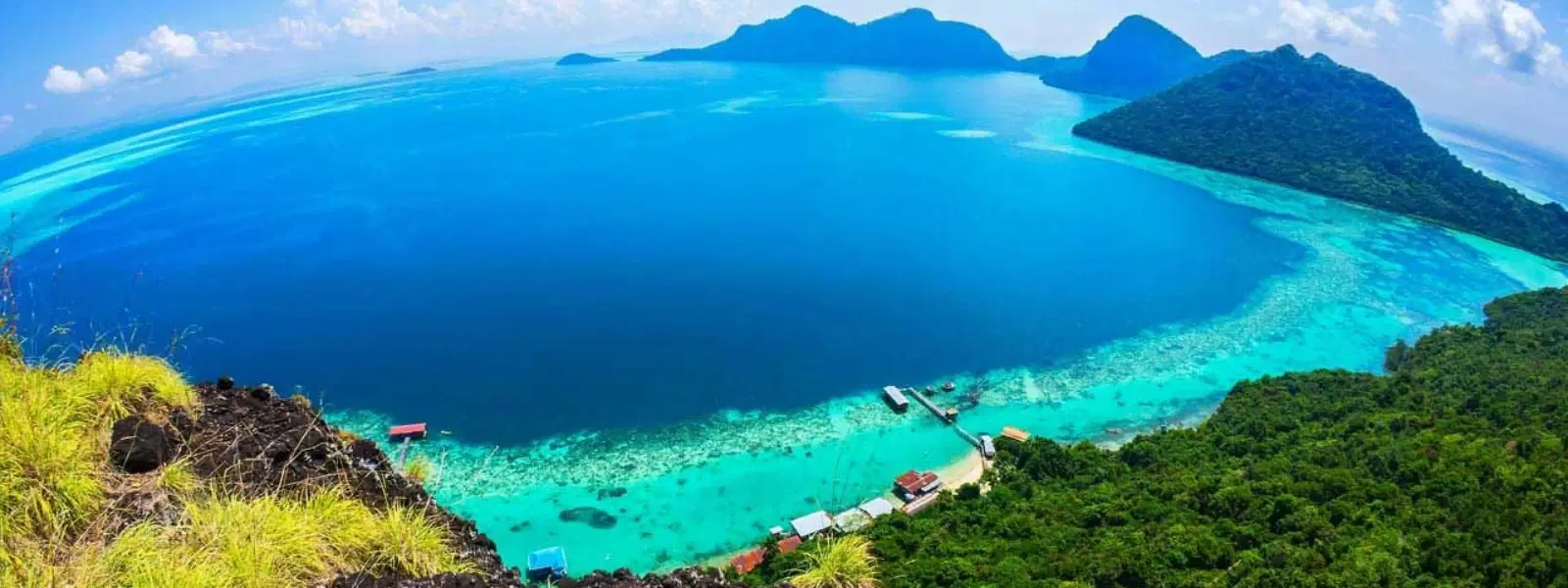
Hotels
•03 min read

Did you know that Asia is home to some of the largest islands in the world, each boasting unique geography and a rich tapestry of cultural heritage? In this blog, we explore which is the largest island in Asia, compare it with other major islands, and answer frequently asked questions about these magnificent landforms. Whether you are a budget-conscious wanderer, a meticulous planner, a busy professional, or a luxury seeker, you'll find fascinating insights that spark your curiosity about the geography and vibrant diversity of Asian islands.
When classifying islands by size, the primary factor is the land area. However, geographical features such as mountains, river systems, and natural biodiversity also play vital roles. Some rankings even consider man-made islands when discussing the biggest island in Asia, reflecting the dynamic nature of human innovation alongside natural wonders.
The answer to the intriguing question of which is the largest island in Asia is Borneo. Spanning approximately 743,330 square kilometers, Borneo stands out due to its massive size and diverse ecosystems. Strategically located and shared by Indonesia, Malaysia, and Brunei, this island holds a rich legacy that extends beyond its geographical boundaries.
Borneo offers a dramatic landscape that enchants any traveler. The island is blanketed by tropical rainforests, famous for their lush greenery and intricate network of rivers. Its mountainous regions and vast river systems not only shape the geography of the island but also contribute to its ecological significance. The varied topography makes Borneo a treasure trove of biodiversity, with many species unique to its forests and waterways.
Borneo is a melting pot of cultures. Its indigenous communities maintain traditions that have been passed down through generations, adding a deep cultural richness to the island. Besides its cultural impact, Borneo is also an economic powerhouse in the region. Industries such as palm oil production and ecotourism thrive here, drawing attention from local and international visitors who are keen to experience both its natural and cultural offerings.

Did You Know? Borneo is one of the most biodiverse places on Earth, home to thousands of plant and animal species found nowhere else!
Asia is not only home to Borneo but also several other remarkable islands. For instance, Sumatra is renowned for its impressive size and ecological diversity; Honshu, Japan’s bustling island, is celebrated for its blend of modernity and tradition; and Luzon, in the Philippines, stands out as a vibrant cultural and natural hub. Each of these islands has a unique story, contributing to Asia’s reputation for having some of the largest islands in Asia.
When we compare the sizes of major Asian islands, Borneo emerges as a giant. Globally, it ranks third after Greenland and New Guinea, making it a significant landform on the world stage. This Asia island size comparison highlights not only Borneo’s immense scale, but also the diversity inherent in the region's topography and landmass.
Borneo is the largest island in Asia, spanning approximately 743,330 square kilometers.
Greenland is the world’s largest island, with a land area of over 2.1 million square kilometers.

Palm Jumeirah in Dubai is considered one of Asia’s largest man-made islands, known for its iconic palm-shaped design.
The smallest islands in Asia vary depending on the criteria used, but many of the tiny islands can be found in the Maldives archipelago.
Sumatra, located in Indonesia, is the second-largest island in Asia, covering approximately 473,481 square kilometers.
Beyond its impressive size, Borneo is renowned for its unique wildlife, particularly its population of orangutans. Its extensive tropical rainforests offer a haven for numerous species, many of which are found nowhere else on the planet. This makes visiting Borneo a truly special experience for nature enthusiasts and eco-tourists alike.
While Borneo and Sumatra often grab the spotlight, Asia is dotted with lesser-known islands that hold their own charm. Islands like Jeju in South Korea or the Andaman Islands in India offer rich cultural experiences and untouched natural beauty, providing a quieter yet equally rewarding travel experience for those looking to venture off the beaten path.
In summary, Borneo is the largest island in Asia, celebrated for its vast size, rich biodiversity, and deep cultural roots. This exploration not only sheds light on Borneo’s magnificence but also invites us to appreciate the array of magnificent islands across Asia, each offering a unique window into the continent’s natural and cultural landscape. By understanding the geography and significance of these islands, readers are encouraged to delve deeper into the wonders of Asian island life through continued exploration and research.